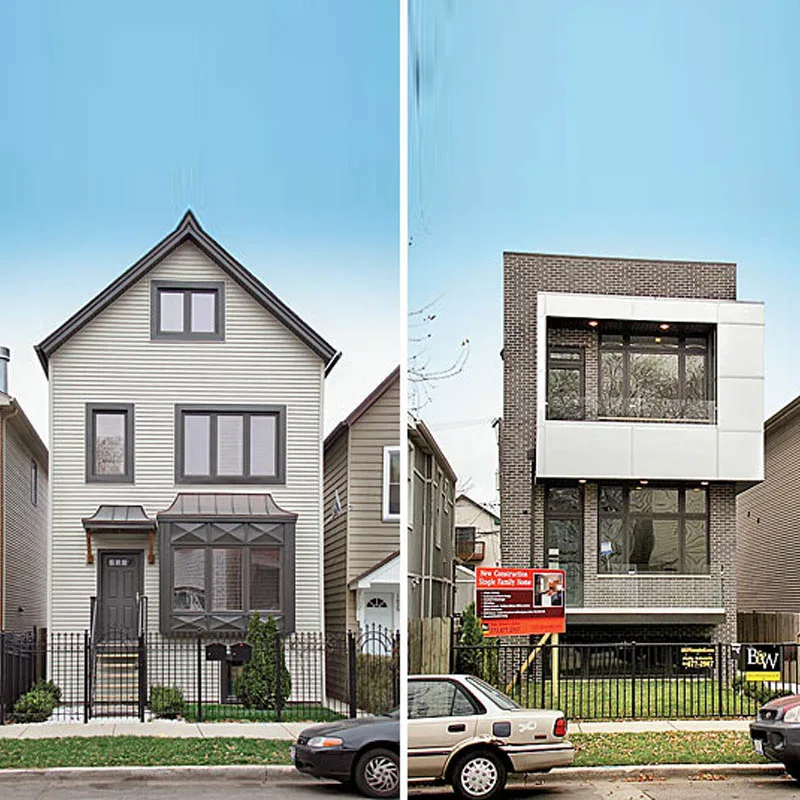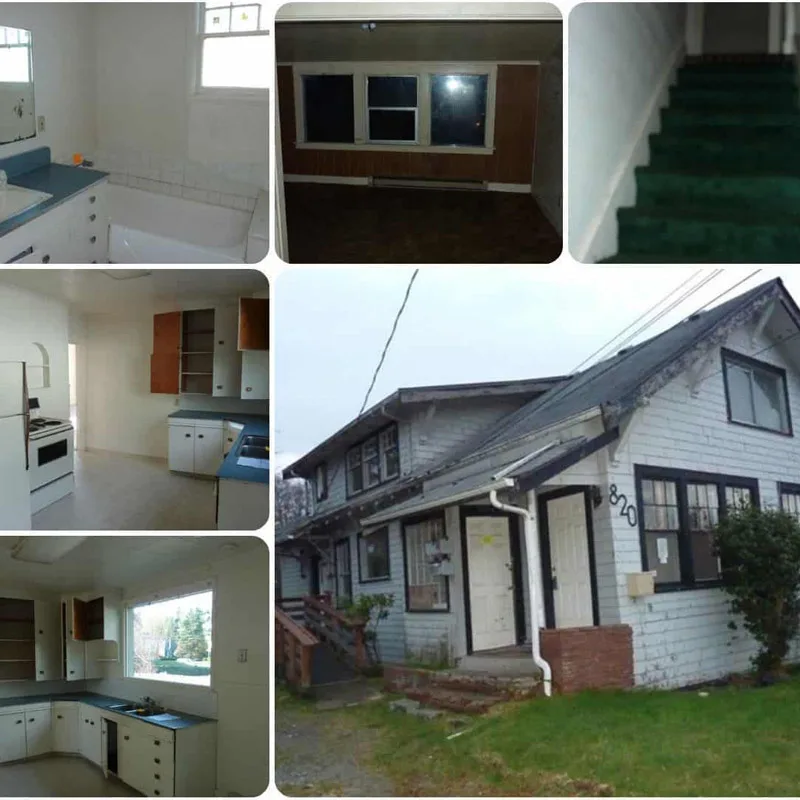Latest Posts
What to Look for in Potential Homes to Use as Flips.

SHARE
Investing in real estate can be a lucrative venture, especially when it comes to flipping homes for a profit. The key to a successful house flip lies in choosing the right property—one that has the potential for a significant return on investment. If you’re considering entering the world of house flipping, it’s crucial to know what to look for in potential homes to Use as Flips. The essential factors to consider when identifying properties with the highest flip potential.
Location Matters.
One of the fundamental principles in real estate is the significance of location. The location of a property can greatly influences its resale value. Look for homes in up-and-coming neighborhoods or areas experiencing revitalization. Proximity to amenities such as schools, parks, shopping centers, and public transportation can also contribute to a property’s desirability.
Additionally, research the local real estate market trends. Understanding the demand and supply dynamics in a particular area can help you predict how quickly you’ll be able to sell the flipped property. Keep an eye out for neighborhoods with a history of steady appreciation in property values.
Structural Integrity.
Before committing to a potential flip, thoroughly assess the structural integrity of the property. Foundation issues, roofing problems, or other structural concerns can significantly increase renovation costs and eat into your potential profit. Hire a professional inspector to conduct a thorough examination, looking for signs of water damage, mold, and other potential red flags.
While some cosmetic improvements are expected in a house flip, it’s crucial to avoid properties with severe structural issues unless you have experience and a realistic budget for extensive renovations.
Budget-friendly Renovation Potential.
Speaking of budgets, carefully evaluate the potential renovation costs associated with a property. Look for homes that require cosmetic updates rather than extensive structural changes. Focus on properties with kitchens and bathrooms that can be upgraded without a complete overhaul, as these are key selling points for many buyers.
Consider the age and condition of major systems such as HVAC, plumbing, and electrical. Upgrading these systems can be costly, so it’s essential to factor these expenses into your budget. A property that needs minimal structural work and allows for cost-effective renovations is more likely to yield a higher return on investment.
Market Trends and Buyer Preferences.
Staying informed about current market trends and buyer preferences is crucial when homes to Use as Flips. Features that were popular a few years ago might not be in demand today. Keep an eye on design trends, color palettes, and popular home features in the current market.
Understanding your target demographic is equally important. Consider the preferences of potential buyers in the area and tailor your renovations accordingly. For example, if the neighborhood attracts young families, focus on creating functional and family-friendly spaces. If it’s an area popular among young professionals, modern and stylish designs may be more appealing.
Potential for Appreciation.
While the primary goal of flipping homes is a quick profit, it’s also wise to consider the long-term potential for property appreciation. Choose a property in a neighborhood with a positive outlook for growth and development. Areas with planned infrastructure improvements, new amenities, or expanding job markets are likely to experience appreciation over time.
Evaluate the neighborhood’s overall vibe and community development initiatives. A neighborhood with an active community and positive momentum is more likely to attract future buyers and contribute to the overall success of your flip.
Legal and Zoning Considerations.
Before finalizing any property purchase, ensure you are aware of local zoning regulations and any potential legal issues that may arise during the renovation process. Some properties may have restrictions on certain types of renovations or additions. Working with a local real estate agent or legal professional who is familiar with the area’s regulations can help you avoid costly mistakes and delays.
Successfully homes to Use as Flips requires a keen eye for detail, a solid understanding of the real estate market, and careful consideration of various factors. By prioritizing location, assessing structural integrity, budgeting wisely, staying informed about market trends, and considering long-term appreciation, you increase your chances of a successful house flip. Remember, each property is unique, so take the time to thoroughly research and analyze potential flips before making a decision. With the right approach, flipping homes can be a rewarding and profitable venture in the dynamic world of real estate.











